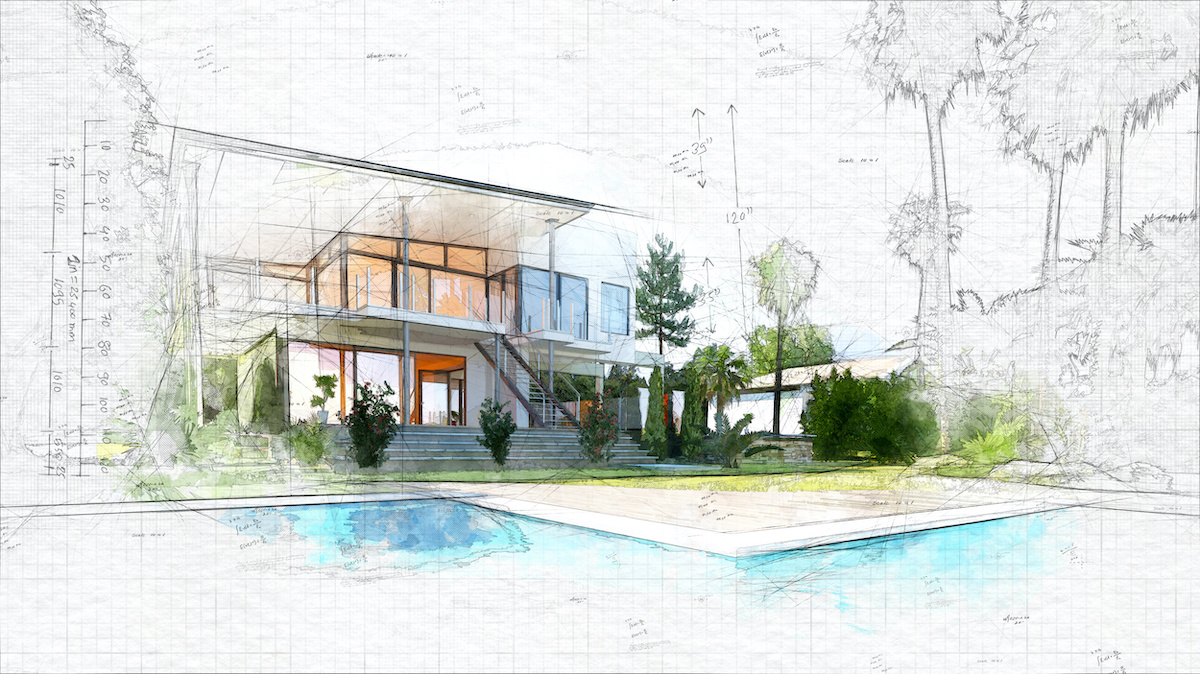The Vital Function of a Designer in Forming Lasting Urban Atmospheres for Future Generations
The function of an architect in crafting lasting urban settings is progressively crucial in reacting to the obstacles of climate adjustment and urbanization. By effortlessly integrating ecological principles right into their styles, engineers not just improve the aesthetic and practical quality of metropolitan rooms but likewise address pushing issues such as power performance and social equity.
Recognizing Sustainable Urban Layout
Sustainable metropolitan layout integrates eco-friendly principles with metropolitan preparation to create atmospheres that are not just livable yet also durable. This strategy emphasizes the significance of integrating natural systems into the urban material, ensuring that growth satisfies the needs of today without compromising the ability of future generations to fulfill their very own needs. Secret aspects of lasting urban style consist of reliable land usage, the promo of biodiversity, and the integration of eco-friendly rooms, all of which contribute to improved lifestyle for homeowners.
Additionally, lasting metropolitan style focuses on the decrease of the metropolitan warm island effect, boosted air quality, and reliable stormwater monitoring. It motivates using renewable energies and energy-efficient building practices, which considerably lower carbon impacts. Sustainable urban design cultivates social equity by creating available public spaces and promoting mixed-use growths that provide to diverse populations.
With thoughtful preparation and ingenious design techniques, lasting city settings can enhance community resilience versus climate modification while fostering financial growth. This all natural method not only addresses prompt metropolitan difficulties however also lays the foundation for much healthier, much more lasting cities for generations to find.
Key Responsibilities of Architects
Engineers play an essential role in shaping sustainable urban atmospheres by translating layout principles right into substantial structures and rooms. Their obligations encompass a wide variety of tasks that add to the total success of metropolitan layout jobs.
Primarily, designers conduct thorough site evaluations to understand the ecological, social, and cultural context of their tasks. This foundational expertise informs their style choices, making sure that buildings balance with their environments. They also involve in joint processes with stakeholders, including city coordinators, designers, and the community, fostering a comprehensive strategy to metropolitan growth.
Additionally, designers are entrusted with creating designs that enhance power efficiency, resource preservation, and capability. They must stick to local zoning legislations, developing codes, and sustainability qualifications, making sure conformity while pushing the limits of technology.

Ingenious Materials and Techniques
In the pursuit of eco responsible design, innovative products and methods have arised as vital aspects in the development of sustainable city atmospheres. Architects are significantly using materials that decrease environmental impact while improving energy performance. As an example, recycled materials, such as redeemed wood and repurposed steels, not only lower waste but also include special aesthetic qualities to structures.
In addition, developments in modern technology have resulted in the advancement of high-performance products, such as shielded concrete kinds (ICFs) and solar glass, which add to power preservation and harness renewable resource. Techniques such as passive solar layout and eco-friendly roof coverings even more exemplify just how architecture can balance with natural systems, lowering reliance on fabricated cooling and heating.
Furthermore, the combination of clever products, which adapt to environmental modifications, view publisher site provides appealing opportunities for enhancing building performance - cda architects. These products can reply to temperature level variations or dampness degrees, maximizing comfort and sustainability
Ultimately, the critical option and application of cutting-edge products and methods encourage engineers to produce metropolitan areas that are not only functional and aesthetically pleasing but also resistant and eco accountable, making sure a sustainable future for generations to come.
Neighborhood Engagement and Collaboration
The success of cutting-edge products and techniques in lasting city style is dramatically improved by active area interaction and cooperation. Designers should recognize that the constructed atmosphere profoundly influences the lives of regional citizens, making it crucial to include them in the design procedure. Engaging the community fosters a feeling of ownership and liability, making sure that developments not just fulfill visual and functional demands but additionally reflect the worths and goals of those who inhabit them.

Successful community engagement likewise aids in focusing on social equity within city growth. By taking into consideration the voices of marginalized populaces, engineers can develop rooms that are comprehensive and fair. This way, area involvement and cooperation become integral to achieving truly lasting city settings that offer the demands of existing and future generations.
Future Patterns in Sustainable Architecture

Additionally, innovations in technology are forming future fads in lasting architecture. Related Site The combination of clever materials and structure systems allows for real-time energy monitoring, improving performance and minimizing carbon impacts. Developments such as you could look here environment-friendly roofing systems, living wall surfaces, and energy-generating exteriors are ending up being basic methods, better promoting environmental equilibrium within urban atmospheres.
In addition, a shift towards biophilic style is obtaining traction, emphasizing the connection in between nature and human health. By incorporating natural environments, engineers develop spaces that cultivate psychological health while advertising biodiversity.
Conclusion
In final thought, architects are essential ahead of time lasting city settings through their competence in layout, cutting-edge products, and area engagement. By prioritizing energy performance and resource conservation, these professionals contribute to the creation of resilient urban spaces that satisfy the needs of existing and future generations - cda architects. The integration of ecological concepts not just boosts livability however likewise promotes social equity, making sure advancements resonate with the values and aspirations of the communities they serve